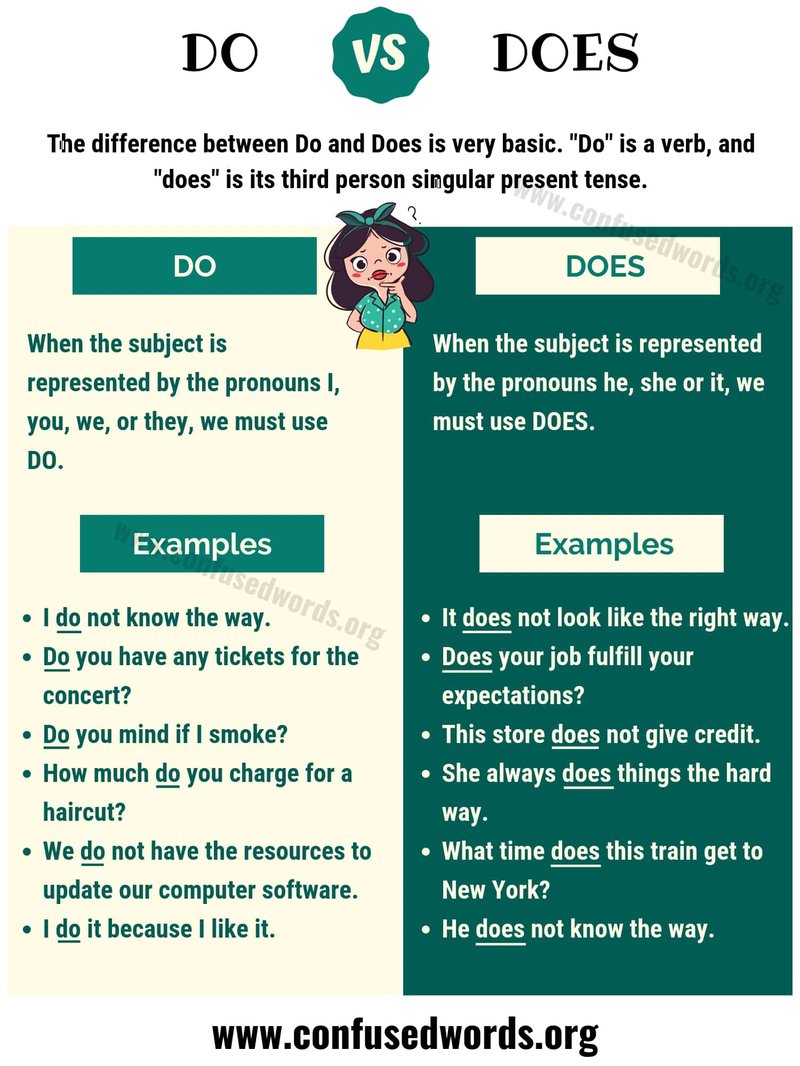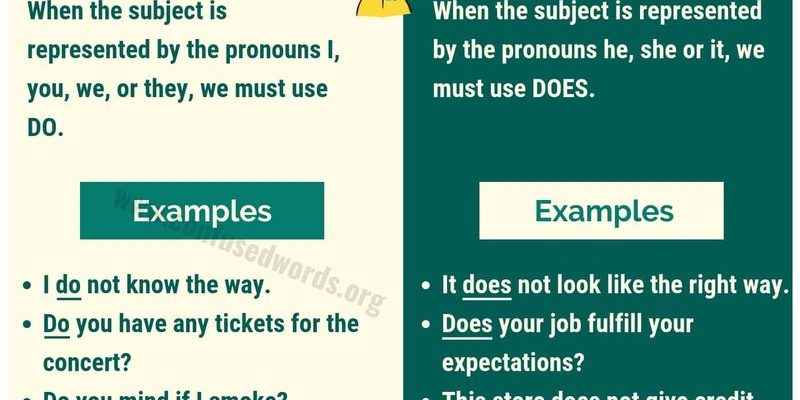
So, what does this Error Code E3 even mean? In simple terms, it’s your refrigerator’s way of saying there’s a hiccup in the defrosting cycle, which is crucial to keep things running smoothly. A malfunction here means the cooling might not be optimal. You might wonder, “Can I just reset my refrigerator and hope it goes away?” Well, let’s dive into that and see if a reset is your quick fix or if there’s more to this icy tale.
What Exactly is Error Code E3 in Samsung Refrigerators?
Error Code E3 is like a little alarm bell in your Samsung fridge’s system, alerting you to a defrost malfunction. Imagine your fridge as a mini version of the Arctic. It needs to defrost occasionally to ensure it doesn’t turn into an icy wasteland where nothing can survive. This defrost process is key to maintaining the right temperature balance so your groceries stay fresh and your ice cream doesn’t become a rock-hard mystery.
The E3 error usually points to a problem in the defrost sensor or the defrost control board. It’s like when your body gets too cold, and you start shivering uncontrollably. Your fridge, meanwhile, starts sending out this error code to catch your attention. This malfunction can lead to cooling problems, meaning your food could spoil faster than expected. So, it’s a signal you shouldn’t ignore if you want to keep your fridge in tip-top shape.
Once you spot this error, you might think resetting your fridge could do the trick. And yes, resetting can sometimes be the equivalent of turning your computer off and back on again. But why is resetting sometimes a solution? It’s because it allows the system to recalibrate and potentially correct any minor glitches. However, before rushing to hit that reset button, let’s explore what that entails.
How to Reset a Samsung Refrigerator
Resetting your Samsung refrigerator is a straightforward process. Think of it like rebooting your phone when the apps start acting up. First, locate the power button or unplug the fridge from the wall. This is the part where you actually ‘turn it off and on.’ Allow the fridge to sit quietly for a few minutes, kind of like giving it a short nap to clear its head.
After a few minutes, plug it back in and power it up. Look at the display for any sign of life, hoping the error code has disappeared. If the error code is gone, fantastic! You’ve just reset your refrigerator, giving it a fresh start. But what if the pesky E3 code still hangs around? In such cases, resetting alone might not be the answer.
See, while a reset can sometimes fix minor software hiccups, the E3 error often indicates a more persistent issue requiring a deeper solution. If the error persists, you’re looking at the possibility of faulty components that might need repair or replacement. But don’t fret just yet, because there are more steps to investigate before making any repair calls.
Further Steps When Resetting Doesn’t Work
If that reset didn’t do the job, it’s time to roll up your sleeves and delve a little deeper. First, you might want to check the defrost sensor and control board. These are key players in ensuring your fridge defrosts properly. Imagine them as the thermostat and switch of your fridge’s defrosting heater. If either malfunctions, you could end up with that stubborn E3 error code.
The defrost sensor checks when things are too icy, while the control board tells the sensor when to kick on the heater to melt excess frost. If one’s faulty, it’s like having a thermostat stuck on the coldest setting – uncomfortable and inefficient. You might need a professional to test these components, but knowing about them will give you an informed head start.
If you’re handy with tools, you could try inspecting the wiring and connections. Think of this as ensuring all veins are flowing correctly in the fridge’s “body.” Loose connections or damaged wiring can also trigger misleading error codes. If everything seems intact, and the error persists, it might be time to call in a professional technician, who can provide a proper diagnosis and fix the root problem effectively.
Preventing Future Error Code E3 Situations
Nobody likes dealing with appliances throwing a tantrum, so preventing future occurrences of Error Code E3 would be ideal. Regular maintenance can save you lots of future headaches. Imagine your fridge like a car needing regular oil changes and check-ups. Ensuring the defrost heater and control board are functioning properly is part of this routine.
Keep an eye on the seals around your fridge doors as well. A tight seal helps maintain internal temperatures, reducing the workload on the defrost system. It’s like closing the windows in your home when you’re trying to keep the heat in during winter. If the seals are worn or loose, the fridge has to work harder, which can cause issues over time.
Lastly, don’t overload your fridge or shove items against the back wall. Your fridge needs space for air to circulate properly. Think of it like packing a suitcase; stuffed too full, your clothes get wrinkled. Likewise, an overstuffed fridge can lead to inefficiencies and errors. Regularly clean and organize your fridge to keep it working smoothly and error-free.
In conclusion, while resetting might sometimes work, understanding the underlying cause of Error Code E3 is crucial. Addressing potential faults proactively, maintaining your appliance, and knowing when to call for help can keep your Samsung refrigerator running efficiently and free from unwelcome codes.
